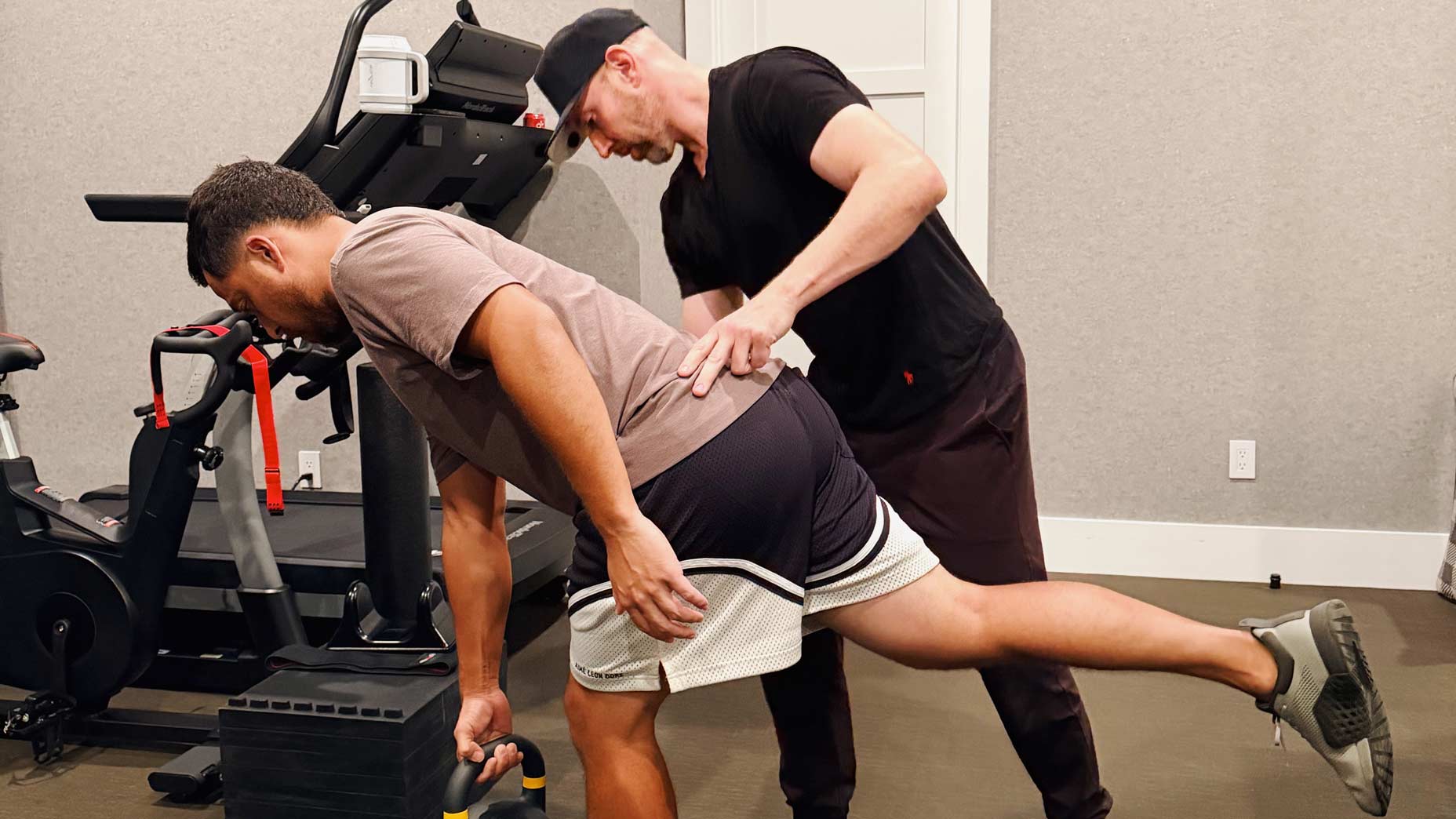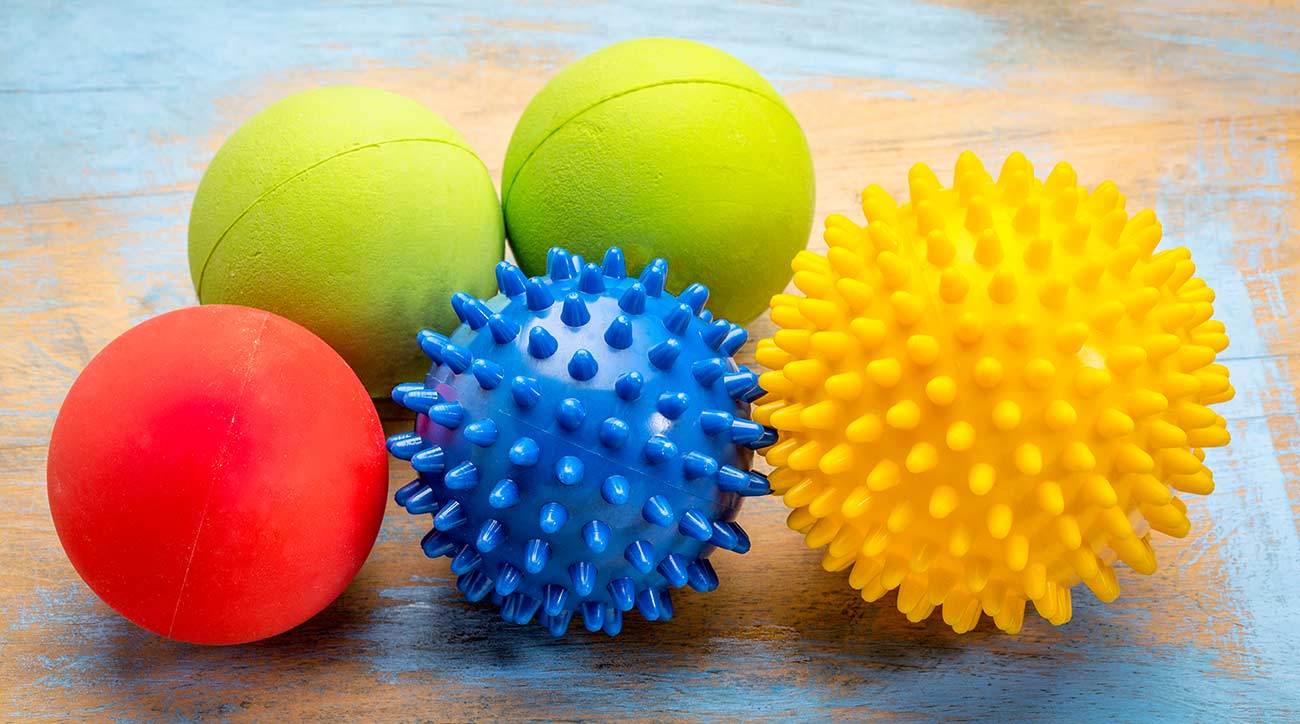 I followed a PGA Tour trainer’s strength routine. The results shocked me
I followed a PGA Tour trainer’s strength routine. The results shocked me
How to give yourself a lacrosse-ball massage to improve your golf game

Flexibility is key to the golf swing — just look at Adam Scott if you need proof.
However, if you’ve ever gone to the gym or sat at your desk for too many hours, you know how easy it is for your muscles to tighten. You also know how difficult it can be to play your best golf on the weekend if you’re still suffering from tightness.
While stretching will help lengthen and loosen your muscles, sometimes it’s not what is causing your muscles to stay tight. What you really need to do is release your fascia, the thin sheath of connective tissue that covers all of your muscles and organs. This tissue connects your muscle groups, so if it’s tight, your muscles can’t move freely, which can be painful and affect your movement patterns (read: your golf swing).
Luckily, there’s a simple, low-budget solution to tight fascia: lacrosse balls.
Giving yourself a myofascial massage with a lacrosse ball will help loosen the fascia so your underlying muscle tissue can move freely, allowing for more flexibility and power in your golf swing.
Like any fitness or wellness routine, this works best with consistent practice — but rolling out with a lacrosse ball will feel so good, you won’t want to miss a session.

The process to roll out is fairly simple. All you need to do is place the lacrosse ball on or near the area that feels tight and use your bodyweight to apply pressure to that spot. Rolling the lacrosse ball around the area, find the spots that feel the tightest and stop on those spots for a few seconds, until the initial soreness dissipates.
While you can use a lacrosse ball on almost any area of your body that feels sore or tight, below are a few exercises that will help relieve tightness in your shoulders and hips, two of the main power generators in the golf swing.
Glutes
Tight glute muscles can manifest as pain in your low back and hip area. Relieving this tension will allow for more flexibility in the hips and back, helping to power up your golf swing.
To roll out your glutes, start by laying on the floor. Place the lacrosse ball under your right glute and cross your left leg across your right knee. Roll the lacrosse ball around, finding your tight spots. Sit on those tight spots until the tension dissipates. Do this for 45-60 seconds and then repeat on your left side.

ADVERTISEMENT
Shoulders
Overuse and stress can cause your traps to become tight, which can cause neck and shoulder pain. Relieving the tightness in your shoulders will help you rotate your upper body back and through your golf swing.
To roll out your shoulders, place the lacrosse ball between your upper back, keeping it on one side of your spine, and a wall. Roll the lacrosse ball around, until you find a tender spot. Relax your weight into the ball and slowly raise your arm, keeping your elbow locked out. Return your arm to its natural position by your side. Perform this exercise for 45-60 seconds and repeat on the opposite side.

Hip Flexor
Your hip flexors are incredibly important for determining and maintaining your posture through your golf swing.
To relieve this tightness, lay stomach-down on the ground and place the lacrosse ball in your hip crease. Bring your leg to a 90-degree angle and lean your bodyweight into the lacrosse ball. Roll around, stopping on the tight areas. Perform this exercise for 45-60 seconds and repeat on your opposite side.

Rolling out your body on a regular basis is an easy way to improve your mobility and get your body golf ready, and it only takes a few minutes a day.
To receive GOLF’s all-new newsletters, subscribe for free here.
ADVERTISEMENT




